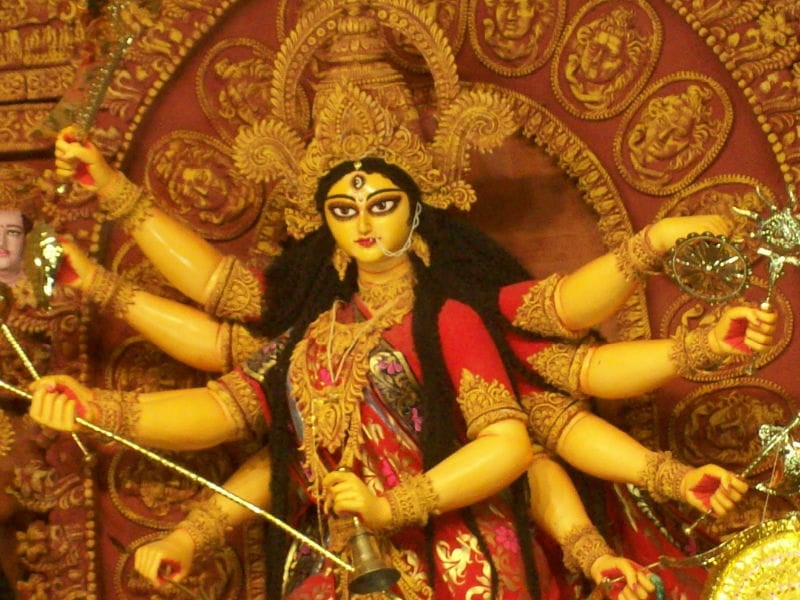NEW DELHI, India, Feb. 21 (AP) - Hundreds of thousands of Hindus took a holy dip in the Ganges River on Wednesday on the last bathing day of the Kumbh Mela, the world's largest religious gathering that organizers said attracted more than 100 million people.
Confirming the figure is impossible, since there was no way to count the streams of people who came by foot, train, bus, ox cart or camel to the 43-day festival.
But it was easier to count the cash. Organizers say the festival pumped some $430 million into the economy of the city of Allahabad, 360 miles southeast of New Delhi.
The festival began on Jan. 9 with 4.5 million people bathing in the waters at the confluence of the sacred Ganges and Yamuna Rivers and the Saraswati, a mythical river that Hindus believe flows through the site.
The last of the six royal bathing days was held quietly Wednesday, with 150,000 pilgrims bathing in the morning, according festival administrator Jivesh Nandan. He estimated the total for the day would be about 400,000, as preparations began to dismantle the makeshift 18-mile radius tent city.
Throughout the year, Hindu devotees will continue to wade into the river, dip their hands and pour water over their heads as they pray and make offerings of flowers and fruit.
But the six special days and the festival period were considered as the most auspicious for those seeking to wash away their sins and end the Hindu cycle of death and rebirth.
The Kumbh Mela is held every 12 years at Allahabad, although smaller festivals are held every three years at other cities. Hindu astrologists had said this year's festival was even more blessed because of planetary alignments that occur only once every 12 years.
This year's festival was peaceful. The festival organizers negotiated an agreement between bands of Hindu holy men who in the past had started stampedes by fighting to win the right to enter the water on the most auspicious days.
This year there was no fighting as the naked monks marched with tridents, clubs and matted hair to the riverbanks, taking their turns jumping into the water.
Controversy arose over the large number of photographers and television crews who came from around the world to report the event. After objections were raised over photographing the naked men, and women coming out of the water in wet saris, journalists were attacked by a mob as police stood by.
Orders were issued to keep the photographers back. But reflecting the festival's growing modernity, some of the monks were seen with video cameras.
The festival stems from the Hindu myth about gods and demons fighting over a pot of nectar that would give them immortality.
One of the gods made off with the pot, spilling drops on 12 spots, four of them in India and the rest in the heavens, according to the myth.

